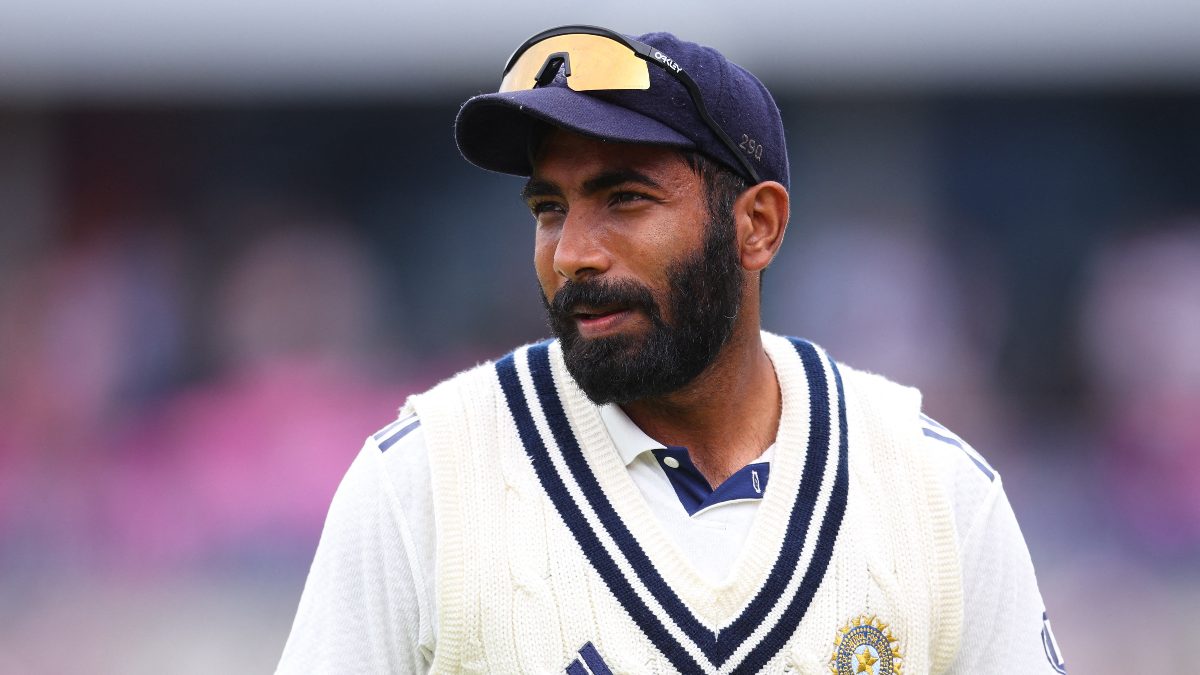Aussie legend Steve Waugh’s sporting career has taken him to countless cricketing countries and venues where he has planted the flag of his genius. Yet, one of the most defining moments of his enormously successful career, where he came face to face with the ghost of self-doubt, unfolded in one of the most unlikely cricketing venues – in Hong Kong. In the introduction to his autobiography Out of My Comfort Zone, Waugh recalls that it was in a small cricket ground that lay “nestled among the sun-stealing skyscrapers of Hong Kong” – perhaps cricket’s most expensive piece of real estate – that in 1988 he reached the point in his career where, he felt, something had to give. [caption id=“attachment_118993” align=“alignleft” width=“380” caption=“One of the most defining moments of Steve Waugh’s career unfolded in one of the most unlikely cricketing venues – in Hong Kong. Reuters”]  [/caption] “I was,” he writes, “ experiencing what every sportsperson goes through at least once in his or her career – that deep, disturbing inner voice of negativity, the one that says, ‘You aren’t good enough, stop wasting your time, no more torture, take the easy option. Just fade away and be happy to lead a normal, controlled and relaxed life’.” To cricketing fans’ eternal gratitude, of course, Tugga ignored that inner voice of negativity – and went on to climb many more mountains and enthral countless cricket followers around the world. But exactly what happened in Hong Kong that induced such a surge of self-doubt in one so prodigious as Steve? How did Hong Kong, which is better known for bankers than for batsmen and where - if it weren’t for its colonial history and its small tribe of Brit and South Asian expatriates keeping the cricketing tradition alive – the stunning but small cricketing grounds would have long ago been given over to property developers to put up honeycomb high-rises, play a part in the Steve Waugh story? The proximate reason for Waugh’s downward spiral of emotion was just one bad cricketing shot. Playing an exhibition match in 1988 against a local team, Waugh was out for a duck: even years later, he would recall that as his most embarrassing cricket moment. That moment, however, was framed in a larger context: it came about barely days after Australia concluded a disastrous tour of Pakistan, overshadowed by deep-seated ill-will between the two teams. Yet, Steve’s acknowledgement of Hong Kong as the setting where he confronted – and mercifully overcame –the hell-world of sporting despair assigned it a place in the footnotes of cricketing history. Years later, the city earned another minor distinction as the place where another Aussie legend Glenn McGrath met his wife Jane Louise. Since then, Hong Kong has elevated itself a few rungs higher up the ladder of cricketing action-spots with its annual Sixes event, currently under way. Given the small size of the ground at the Kowloon Cricket Club, it is in every way a carnival of sixes, and even a mishit can send the ball out of the park or compete for altitude with the tower-blocks that ring-fence the ground. Yet the happy mix of cricket and capitalism – the appearance fee and prize money are generous - brings a galaxy of yesteryear stars to this unlikely corner of a foreign field for some laid-back cricketing action. Then again, the grand passion for cricket among some hopelessly addicted fanatics has taken the game to some absurd corners of the world. In his rollicking book, Harry Thomson narrates his adventures as the head of a bumbling English village cricket team that takes on the challenge to play the game on all seven continents – including Antarctica, where, however, their match had to be abandoned after penguins invaded the playing field. Amateur cricketer that I am, I’ve played in some fairly exotic venues, including Chail, in Himachal Pradesh, whose cricket ground is acclaimed as the world’s highest, at an altitude of 2,445 msl. Legend has it that the ground was built by the royal court of Patiala and patronised in particular by Maharaja Bhupinder Singh, a cricket-lover who was famed for his eccentricities, which found expression in his organising cricket matches with various costume themes. There are, for instance, historical accounts that at one of his matches, players were required to cross-dress as women; the maharaja himself came attired in a nun’s vestments. The maharaja’s own cricketing record is pretty mediocre, but from the fact that he was rumoured to have had 365 wives and/or concubines, one may reasonably surmise that he perhaps bowled many a maiden over…
From Chail to Hong Kong to Antarctica, an abiding passion for cricket has taken the game to some very unlikely settings.
Venky Vembu attained his first Fifteen Minutes of Fame in 1984, on the threshold of his career, when paparazzi pictures of him with Maneka Gandhi were splashed in the world media under the mischievous tag ‘International Affairs’. But that’s a story he’s saving up for his memoirs… Over 25 years, Venky worked in The Indian Express, Frontline newsmagazine, Outlook Money and DNA, before joining FirstPost ahead of its launch. Additionally, he has been published, at various times, in, among other publications, The Times of India, Hindustan Times, Outlook, and Outlook Traveller. see more


)

)
)
)
)
)
)
)
)



